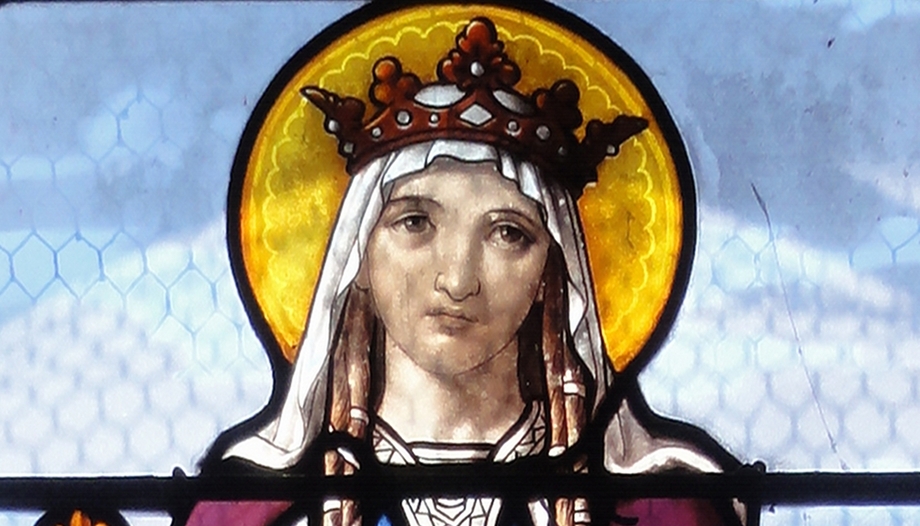Throughout the Middle Ages, women stood out in a male-dominated world and exerted a lasting influence on society and the Church. Significantly, at the dawn of the (Holy) Romano-Germanic Empire, during practically the entire 10th century, four female figures emerged who played a crucial role in the consolidation of the kingdom.
In 919, Henry I was elected king of the "East Frankish kingdom", becoming the first king who did not belong to the Frankish dynasty, but to the lineage of the Liudolfinger. This marked the beginning of the "Othonid" or "Saxon" dynasty, since before his election he was Duke of Saxony. This transition marked the beginning of German history by consolidating the division of the Carolingian Empire into three parts, with the grandsons of Charlemagne. The eastern part, ruled from 843 by Ludwig, known as "the Germanic", would be the cradle of Germany.
A young widow
Adelaide, daughter-in-law of St. Matilda of Ringelheim, who was the wife of Henry I, is the daughter of King Rudolf II of Burgundy and Bertha of Swabia. The early years of her life are marked by vicissitudes that reveal the close relations between different kingdoms and how these were sealed more by marriages than by
treaties. After the death of her father in 937, her mother married Hugo of Arles, king of "Italy" (practically the former possessions of the Lombards), while Adelaide was betrothed to Hugo's son, Lotario. They married in 947 after Hugo's death.
However, Lotario, who became king of Italy after the death of his father, was poisoned in 950. Although Berengarius of Ivrea, Lotarius' successor (and presumed murderer), insisted that Adelaide marry his son Adalbert, she refused. The young widow was imprisoned in a castle, but managed to escape with the help of a priest.
Marriage to Otto I
Adelaide sought the help of the young German king Otto I, who defeated Berengarius, conquered Pavia and married the young widow in 951. In 962, Otto I was crowned emperor, uniting the so-called "Kingdom of Italy" (the north of the peninsula) with the Romano-Germanic Empire.
Adelaide was familiar with the Cluniac reform due to her Burgundian ancestry. As empress, she promoted the expansion of the Cluniac order in Germanic lands. After the death of her husband, Adelaide assumed the regency of her son, the young Otto II, with Majolus of Cluny as her chief advisor. After the early death of Otto II in 983, Adelaide again assumed the regency, this time together with her daughter-in-law Theophanes. Together they directed the destinies of the empire together with Archbishop Willigis of Mainz.
Adelaide, Empress
After the death of Theophanes in 991, Adelaide took it upon herself to rule the empire alone. Even silver coins were minted showing on one side the name of the young Otto III and on the other side the name of his grandmother "Athalhet". After her grandson Otto III came of age in 994, Adelaide devoted herself to charitable work and promoted the foundation of monasteries.
Finally, she retired to the monastery she herself had founded in Seltz, in northern Alsace, where she died in 999. Her tomb became a pilgrimage destination and the Cluniacs promoted her veneration. She was canonized by Pope Urban II in 1054.








